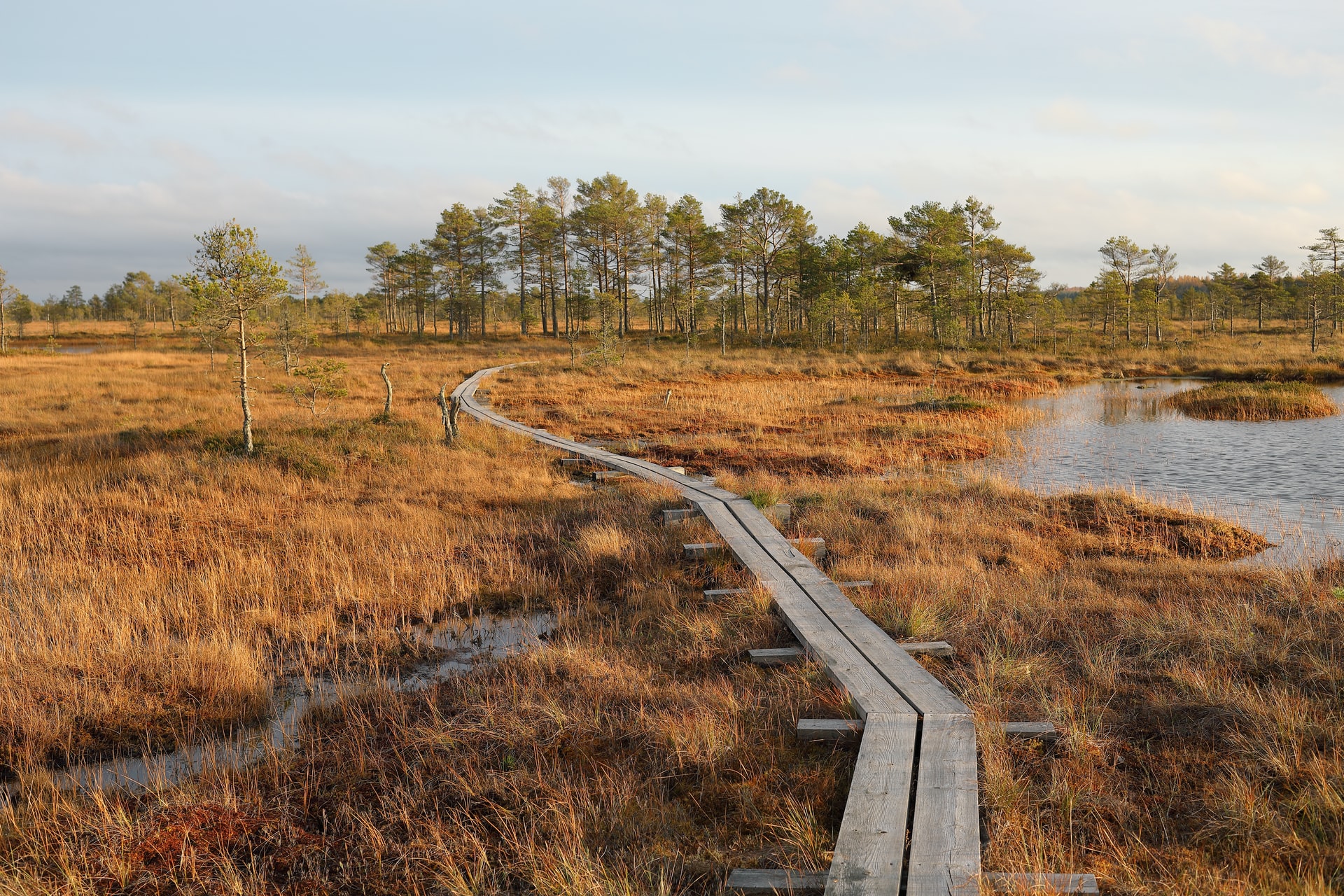Bog Core Analysis and Climate Change
Resource
This activity looks at the change in vegetation in a location in Norfolk between c. 12,000 years before present and 2,000 years BP.
Students carry out a simulation of a bog core analysis, and use the resulting data to think about either:
• Climate change (14-16 students)
• Succession and climate change (post-16 students)
When plants die, they normally decay. However, in anaerobic conditions, decay is greatly delayed and a peat bog is formed. Layers of this represent different period of history, the deeper the peat, the older it is.
We can derive a considerable amount of information about previous climates by taking a core sample from a peat bog, and using palynology to find out what plants were living at certain times in the past. (Palynology is the study of the hard parts of plants and animals, so analyses would be done of pollen, and also the remains of molluscs and ostracods.) A core may be some 10m deep, representing up to 12000 years of history.
Activity
In this resource, students investigate a simulation of a bog core sample, based on work by the University Corporation for Atmospheric Research at Boulder, Colorado, with data from the Department of Geography, University of Cambridge.
Students will consider the relative population of different tree species in the woodland community at different points in the past, and relate this to changes in climate over that time.